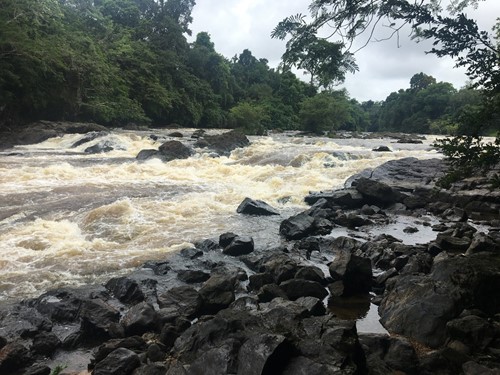Paving the way for the programme’s success
Between January 2022 and June 2024, NIRAS conducted geo-technical, environmental and socioeceonomic (household) resettlement action planning and financial feasibility surveys and assessments for the electricity distribution networks and renewable energy plants foreseen under the electrification programme. The project team also prepared the tender documents for the respective works, supplies and services contracts, and provided procurement assistance to the EU, the Rural & Renewable Energy Agency (RREA) and the National Authorising Office (NAO).
Finally, a detailed power demand study was conducted for assessing the viability of the construction of a solar photovoltaics plant, mini-grid network in Barclayville, as well as 250 remote solar home systems on the outskirts of the town.
Once the contracts have been signed and the construction of the different works completed, the built energy infrastructure is expected to deliver a range of benefits for the rural communities. Firstly, the team estimated that 17,064 new households and 1,442 businesses, community and public institutions (including hospitals) will gain access to electricity in Buchanan, Greenville and Barclayville. Secondly, 500 and 200 streetlights will enhance the safety, security and socioeconomic well-being of communities in Buchanan and Greenville, respectively. Thirdly, the contracts will create at least 300 full-time construction and 124 long term operation and maintenance employment opportunities. Finally, an estimated 1,740,624 tonnes of CO2 will be avoided over a period of 20 years.









